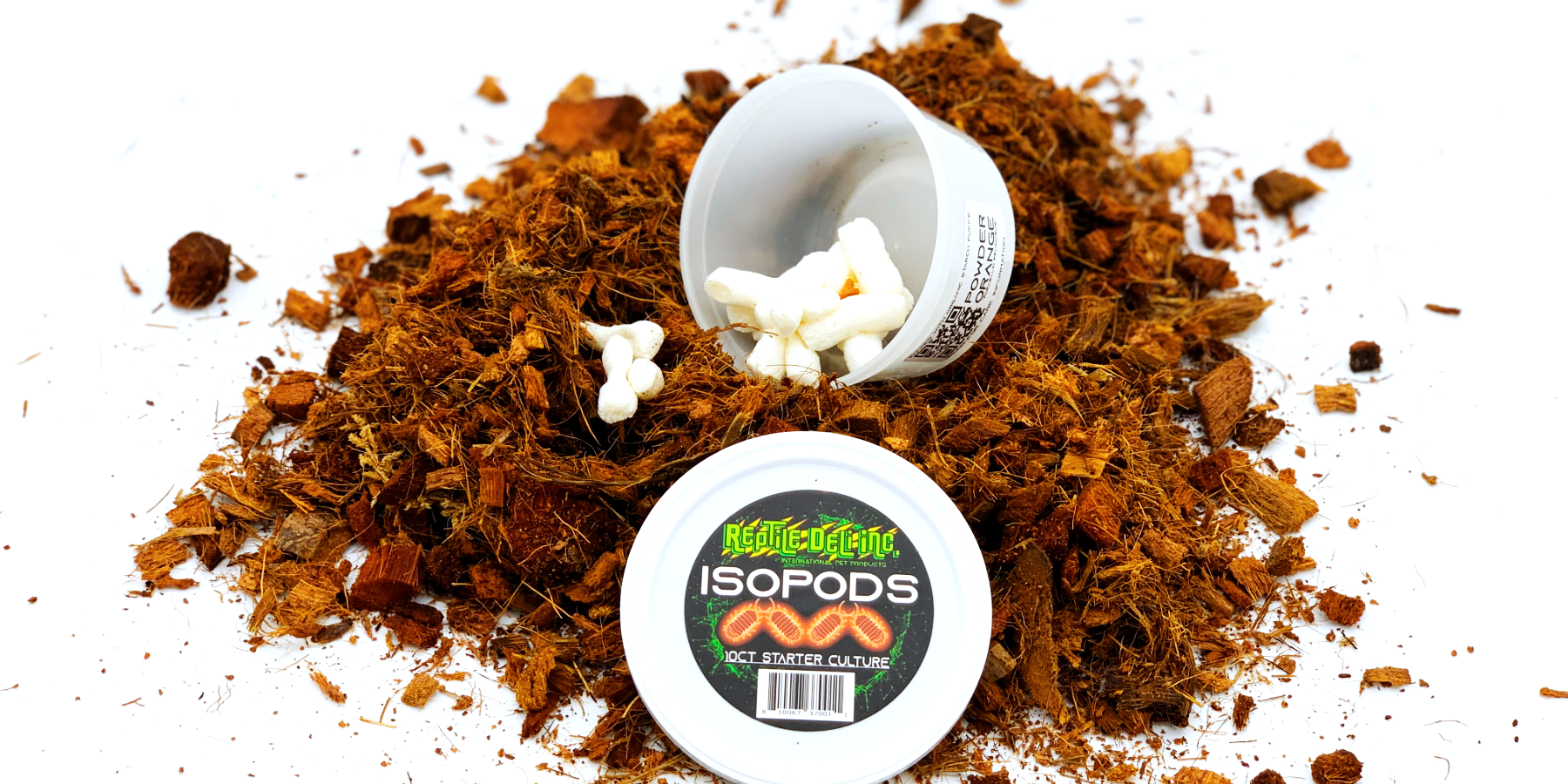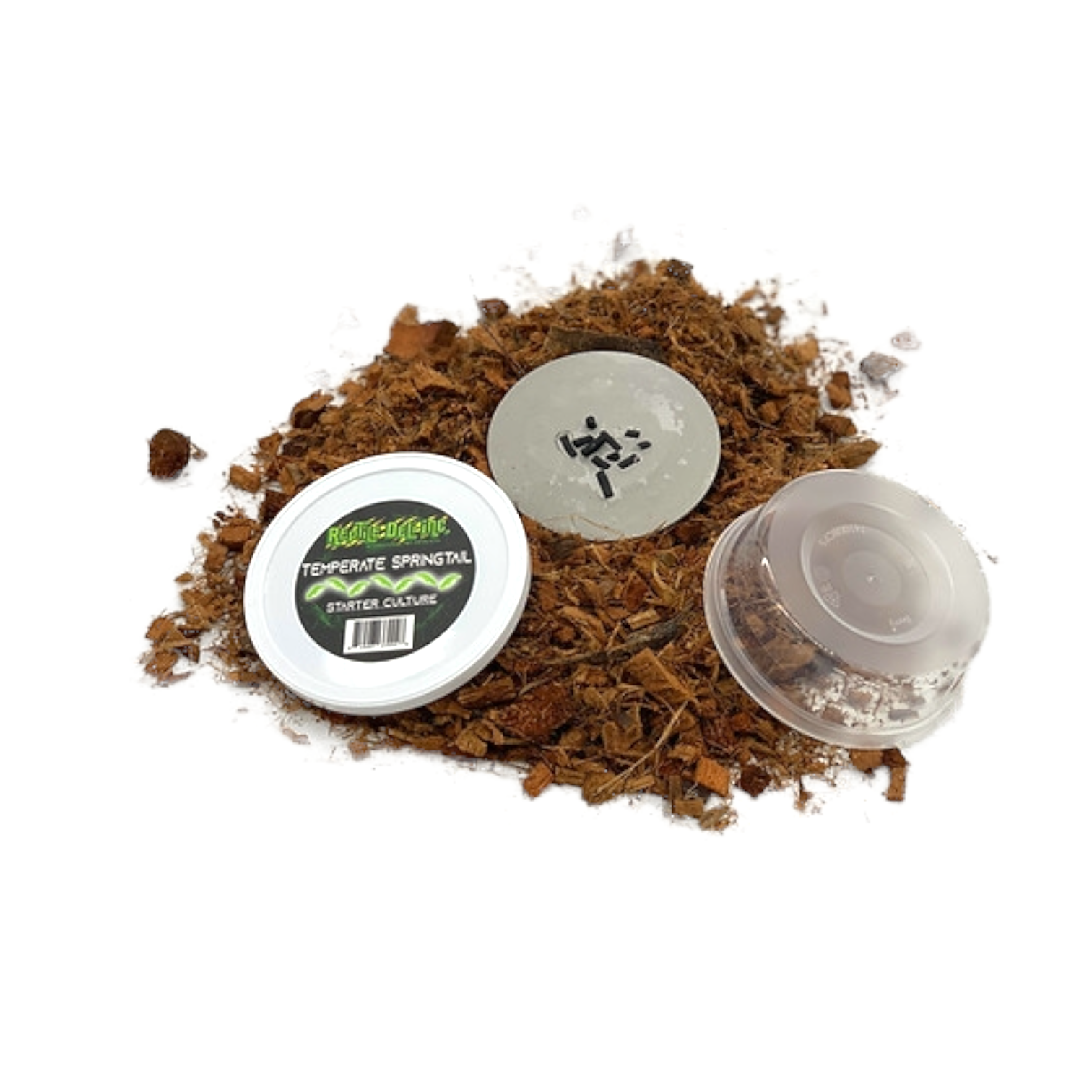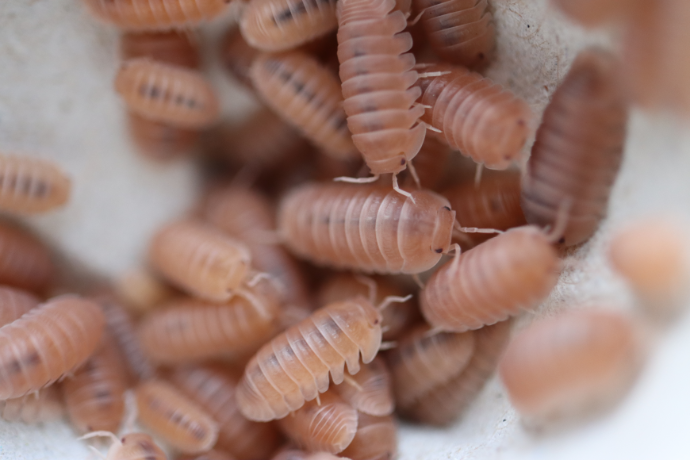Your Reptile Deli Temperate Springtail Culture
Your Reptile Deli temperate springtail culture comes ready to go. The culture cup contains the springtails, a substrate, and food to sustain them.
- Upon Arrival: The springtails may seem inactive at first due to transit. Simply place the culture cup at room temperature for a few hours, and they will become active.
- The Culture Cup: While the cup is great for transport, it's a good idea to move your springtails to a larger, long-term container for a thriving colony.
Setting Up a Long-Term Springtail Culture
To ensure a continuous supply, starting your own springtail culture is the best option.
- Container: A small plastic container with a secure lid and some ventilation is perfect. A deli cup with a few small holes covered with fine mesh or poly-fil works well to prevent escapes.
- Substrate: You have a few options for substrate:
- Charcoal: Horticultural charcoal is a popular choice. Fill the container about halfway with charcoal chunks and add purified or dechlorinated water to keep the bottom of the container moist. Springtails will live and reproduce on the surface.
- Substrate Mix: A mixture of coconut fiber, sphagnum moss, and organic topsoil is also a great option. Keep the substrate consistently damp, but not waterlogged.
- Add Your Culture: Gently tap or pour your Reptile Deli springtails into their new home. They will quickly settle in.
Environmental Conditions: Temperature & Humidity
- Temperature: Temperate springtails thrive at standard room temperatures, roughly 65°F to 80°F (18.3∘C to 26.7∘C). Avoid extreme temperatures, as they can cause the culture to crash.
- Humidity: This is the most crucial factor for springtails. They require a high-humidity environment. Your substrate or charcoal should always be kept moist. Misting the culture periodically with purified water is a good way to maintain humidity.
Feeding Your Springtail Culture
Springtails are detritivores, so feeding them is quite simple.
- Staple Food: The most common food for springtails is brewer's yeast or nutritional yeast. A tiny pinch (less is more!) every few days is all they need. Sprinkle it on the surface of the substrate or charcoal.
- Avoid Overfeeding: Overfeeding is the number one cause of culture crashes. Too much food can lead to a mold outbreak that will overwhelm the springtails.
- Other Food Sources: Some keepers also offer a few uncooked grains of rice, which will grow mold that the springtails will then consume. You can also offer a small piece of decaying mushroom.
Harvesting and Maintenance
- Harvesting: When your springtail culture is thriving, you can harvest them to add to a bioactive terrarium. A simple way to do this is to flood the container with water. The springtails will float, and you can pour them into your pet's enclosure.
- Maintenance:
- Regular Misting: Check the moisture level daily and mist as needed.
- Air Exchange: If your container is sealed, open the lid for a few minutes every couple of days to allow for air exchange.
- Troubleshooting: If you see a mite outbreak, it's often a sign of overfeeding. The best solution is to discard the culture and start a new one with a fresh batch from a reliable source like Reptile Deli.
By following this guide, you can establish a healthy, self-sustaining temperate springtail colony to support the bioactive ecosystem of your pet's home.




